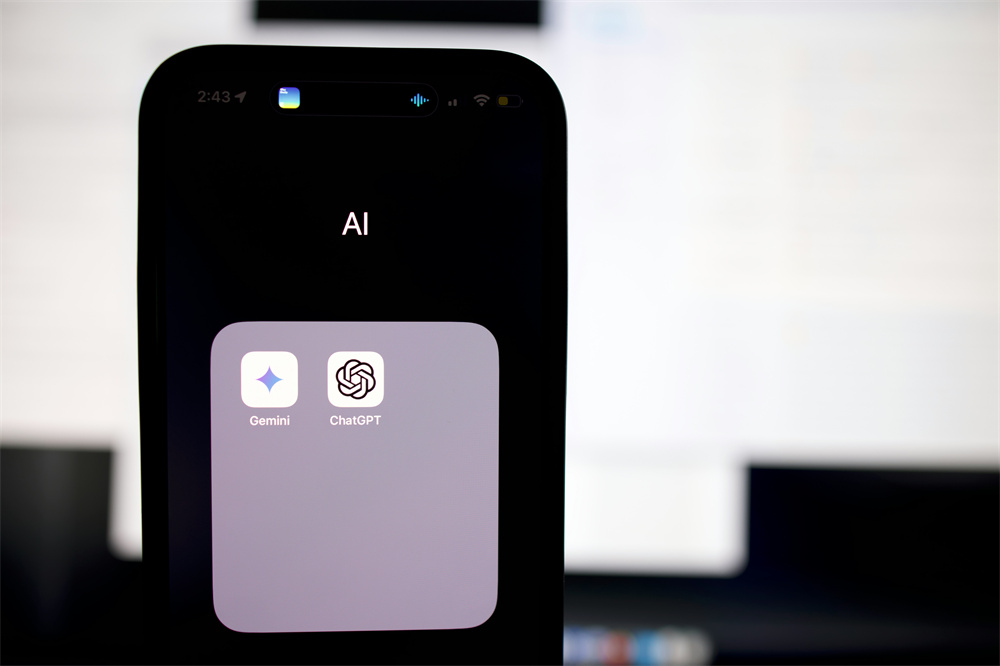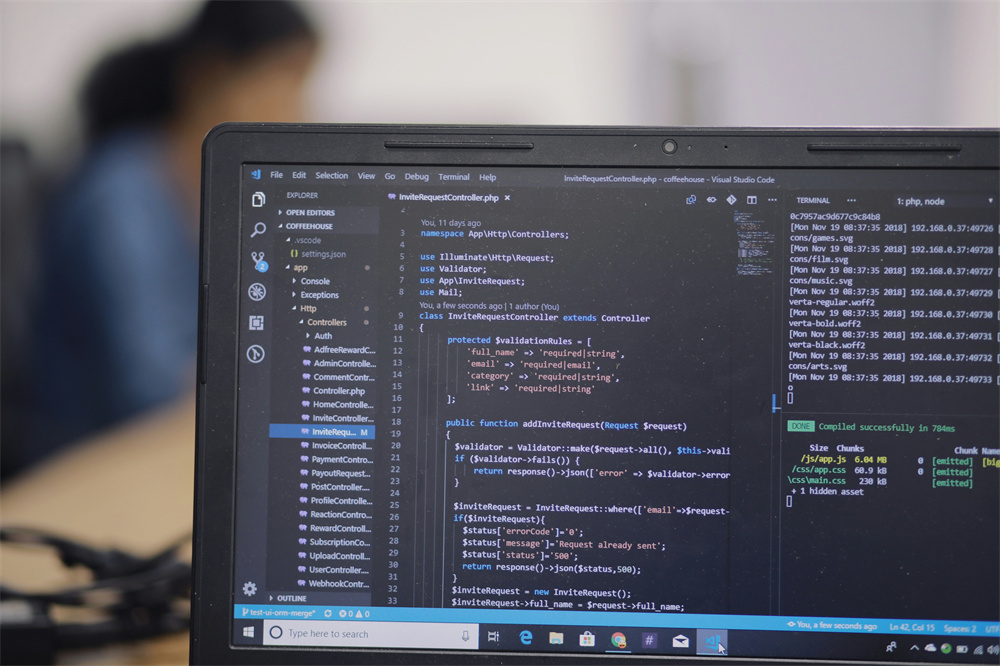Since the launch of ChatGPT, with the improvement of model compression and fine-tuning technology and the optimization of training costs, the deployment of LLM is spreading from the cloud to terminal devices. Personal PCs and mobile phones that users often use have become the main carriers of LLM miniaturization.
Global top PC manufacturers and mobile phone manufacturers involved in PC business regard AIPC as an opportunity that cannot be missed. More and more leading PC and mobile phone manufacturers are promoting the application of AI models in terminal devices.
What is AIPC?
With the support of AGI, a PC is no longer a computer in the traditional sense but is defined as an intelligent personal assistant. From chips, and systems to terminals, the PC industry chain is being reconstructed by AI
Artificial Intelligence Personal Computers (AIPC) represent a significant evolution in personal computing. These advanced PCs directly integrate AI capabilities into the hardware, enhancing performance, smarter user interactions, and personalized experiences. As AI continues to permeate various aspects of technology and daily life, AIPC stands out as a key player in redefining how we interact with computers.

What are the differences between AIPC and traditional PC?
Traditional PCs emphasize computing services, while AIPC focuses on application models and user portraits. It has natural interaction capabilities and built-in large models and can train models based on user attributes, thereby achieving AI-assisted functions closer to user needs.
In addition, AIPC also advocates an open AI application ecosystem, provides a simplified operation SDK, and encourages developers to develop industry-specific AIPC applications, while paying attention to the security protection of equipment and personal privacy.
Historical Context and Development
The concept of embedding AI into personal computers is not entirely new, but recent advancements have accelerated its development. Early attempts focused on software-based AI applications, but the limitations in processing power and efficiency were evident. With the introduction of AIPC, these limitations are being addressed by incorporating neural processing units (NPUs) and other AI-dedicated hardware components into PCs.
Companies like Intel and NVIDIA have been at the forefront, pushing the boundaries of what personal computers can achieve by integrating AI into their core architecture. This integration allows AIPCs to handle complex tasks such as real-time data analysis, natural language processing, and image recognition with unprecedented efficiency.
Technological Implications
The technological implications of AIPC are profound. AIPCs can perform tasks with significant computational resources by embedding AI capabilities directly into the hardware. This includes running AI models locally, enabling real-time data processing and analysis without the need for cloud-based solutions. This shift enhances performance and improves data privacy and security by reducing reliance on external servers.
AIPCs are designed to optimize everyday computing tasks, making them faster and more intuitive. For example, they can predict user behavior to streamline workflows, provide intelligent suggestions, and automate routine tasks, enhancing productivity and user satisfaction.

Applications of AIPC
The applications of AIPC are diverse, spanning multiple sectors and user needs. In the creative industry, AIPCs enable faster rendering of graphics and video editing by leveraging AI to optimize resource allocation and improve output quality. In office environments, AIPCs can automate scheduling, manage emails, and provide insights from large datasets, transforming how professionals manage their tasks.
In education, AIPCs facilitate personalized learning experiences by adapting content to individual learning styles and paces. The gaming industry also benefits from AIPC by delivering realistic environments and adaptive AI opponents that enhance player engagement.
Additionally, AIPCs are crucial in the healthcare sector, where they assist in diagnosing diseases, managing patient data more effectively, and providing personalized treatment recommendations.
The AI application ecosystem spawned by AI PCs is mostly "backward compatible", and adapted to traditional PCs. especially cloud-based AI applications, such as AI search, AI browser, AI office, AIGC, etc., which can all run on traditional PCs.
Challenges and Considerations
Despite their potential, AIPCs face several challenges. One major hurdle is the cost of integrating advanced AI components into consumer-grade PCs, which can make them prohibitively expensive for some users. Additionally, there is a need for widespread software support to fully utilize the hardware capabilities of AIPC, requiring developers to adapt existing applications or create new ones optimized for AI-enhanced performance.
Ethical considerations also play a significant role. As AI becomes more integrated into personal computing, data privacy, user consent, and the potential for bias in AI algorithms must be carefully managed to ensure fair and responsible use.
Future Prospects
The future of AIPC is bright, with significant potential for growth and innovation. As AI technology advances, AIPCs are expected to become more accessible and powerful, driving new applications and use cases. Integrating AI into personal computing could lead to more intuitive and human-like interactions, making technology more accessible and beneficial to a broader audience.
In the coming years, we can expect to see AIPCs playing a pivotal role in areas such as smart homes, where they can manage and automate household tasks, and in personal health monitoring, where they can provide real-time insights and recommendations for wellness.
As we look forward, the continued development and adoption of AIPC will undoubtedly shape how we interact with and benefit from technology.
Tag:AIPC




